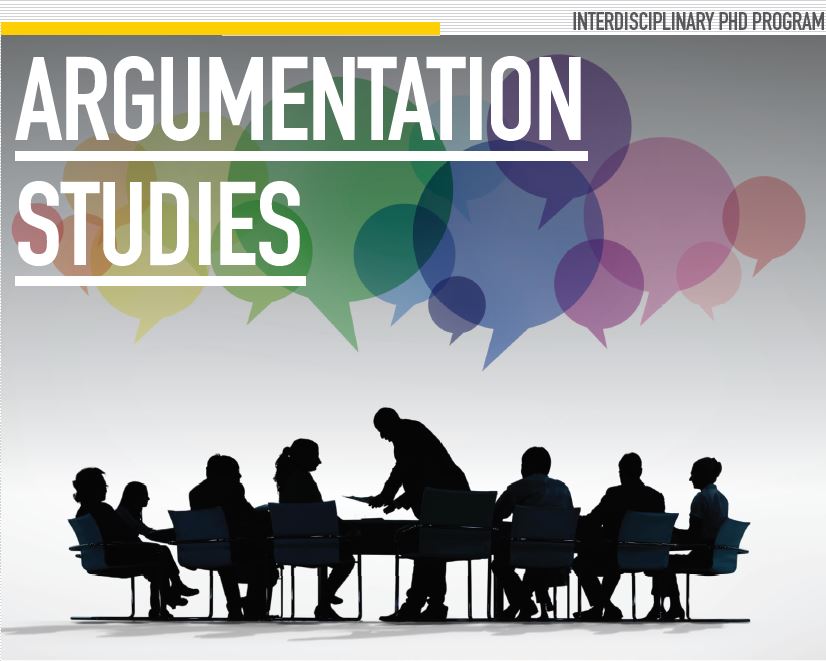Location
McMaster University
Document Type
Paper
Start Date
1-6-2005 9:00 AM
End Date
1-6-2005 5:00 PM
Abstract
The Uses of Argument presented Stephen Toulmin’s call for a working logic and the classical statement of his layout of argument. In chapter 3, which explicated the model, each element was defined using multiple strategies. Toulmin presented his terminology both as a category system for labeling statements or propositions and as a functional vocabulary to describe ‘what . . . is involved in establishing conclusions by the production of arguments’ (97). These two uses of the vocabulary did not come together seamlessly in his account, however. Nor have they done so in subsequent work. Interpretations and elaborations of the Toulmin model, including Toulmin’s own with Rieke and Janek in An Introduction to Reasoning, have tended to characterize the overall model functionally but have defined and illustrated the elements as different kinds of statements. This paper calls for more attention to a definition for the ‘warrant’ element that emerges from the dialogue strategy of definition: ‘to warrant’ as a verb capturing the movement between the data and the claim. The paper argues that the result of this perspective is a more rhetorically based statement of the Toulmin model.
Creative Commons License

This work is licensed under a Creative Commons Attribution 4.0 International License.
Included in
Warranting Arguments, the Virtue of Verb
McMaster University
The Uses of Argument presented Stephen Toulmin’s call for a working logic and the classical statement of his layout of argument. In chapter 3, which explicated the model, each element was defined using multiple strategies. Toulmin presented his terminology both as a category system for labeling statements or propositions and as a functional vocabulary to describe ‘what . . . is involved in establishing conclusions by the production of arguments’ (97). These two uses of the vocabulary did not come together seamlessly in his account, however. Nor have they done so in subsequent work. Interpretations and elaborations of the Toulmin model, including Toulmin’s own with Rieke and Janek in An Introduction to Reasoning, have tended to characterize the overall model functionally but have defined and illustrated the elements as different kinds of statements. This paper calls for more attention to a definition for the ‘warrant’ element that emerges from the dialogue strategy of definition: ‘to warrant’ as a verb capturing the movement between the data and the claim. The paper argues that the result of this perspective is a more rhetorically based statement of the Toulmin model.

